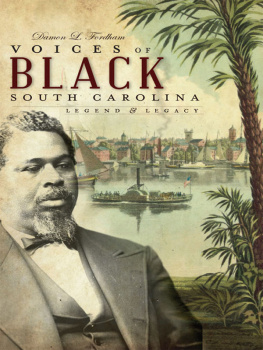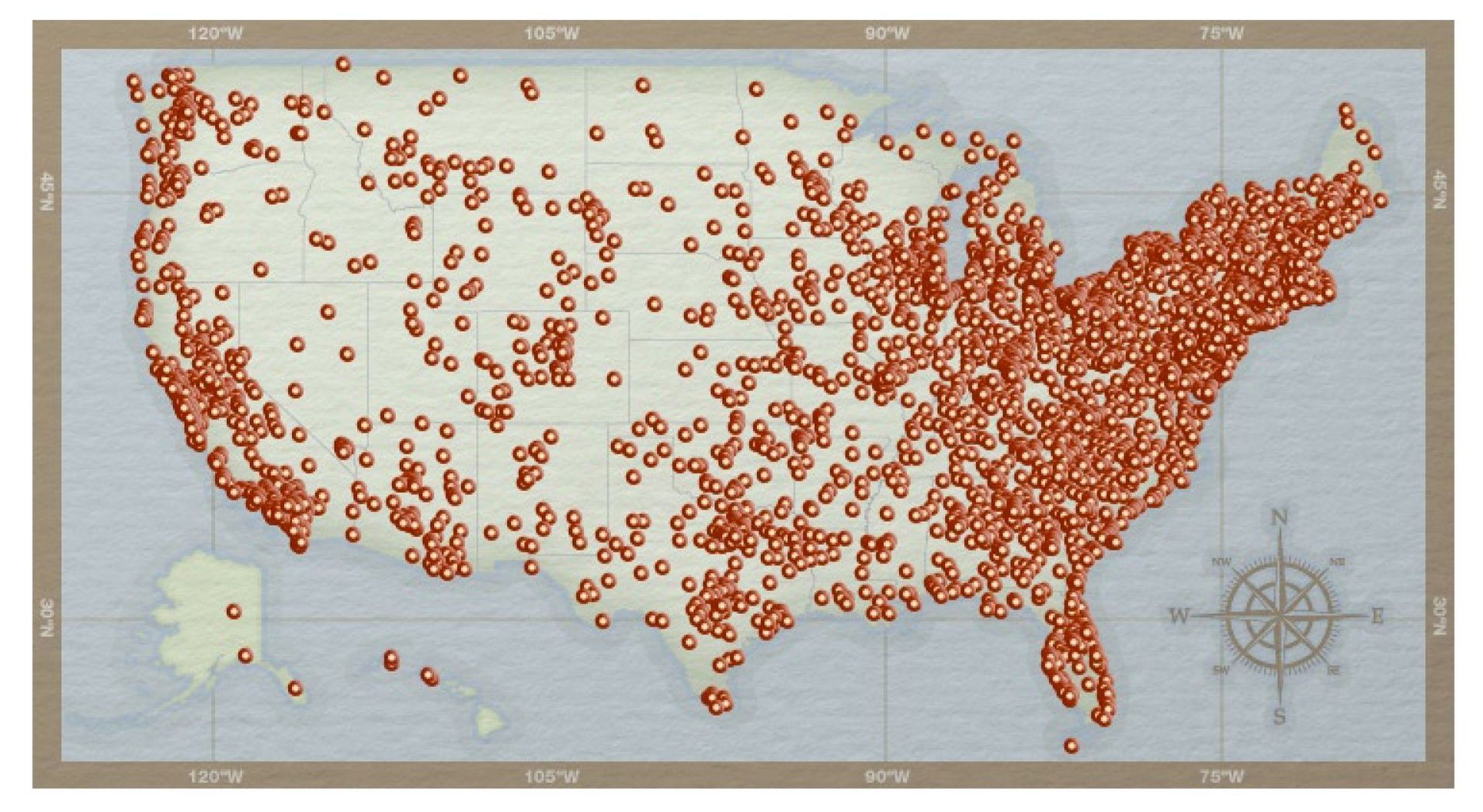Bennie J McRae - Nineteenth Century Freedom Fighters: The 1st South Carolina Volunteers
Here you can read online Bennie J McRae - Nineteenth Century Freedom Fighters: The 1st South Carolina Volunteers full text of the book (entire story) in english for free. Download pdf and epub, get meaning, cover and reviews about this ebook. year: 2007, publisher: Arcadia Publishing, genre: Science. Description of the work, (preface) as well as reviews are available. Best literature library LitArk.com created for fans of good reading and offers a wide selection of genres:
Romance novel
Science fiction
Adventure
Detective
Science
History
Home and family
Prose
Art
Politics
Computer
Non-fiction
Religion
Business
Children
Humor
Choose a favorite category and find really read worthwhile books. Enjoy immersion in the world of imagination, feel the emotions of the characters or learn something new for yourself, make an fascinating discovery.
- Book:Nineteenth Century Freedom Fighters: The 1st South Carolina Volunteers
- Author:
- Publisher:Arcadia Publishing
- Genre:
- Year:2007
- Rating:3 / 5
- Favourites:Add to favourites
- Your mark:
Nineteenth Century Freedom Fighters: The 1st South Carolina Volunteers: summary, description and annotation
We offer to read an annotation, description, summary or preface (depends on what the author of the book "Nineteenth Century Freedom Fighters: The 1st South Carolina Volunteers" wrote himself). If you haven't found the necessary information about the book — write in the comments, we will try to find it.
The 1st South Carolina Volunteers, later the 33rd United States Colored Troops, were the first black unit of the Civil War. Beginning a year before the 54th Massachusettsthe unit immortalized in the film Glorythe 1st South Carolina was comprised of men who had escaped slavery to fight for the freedom of all. Known for their courage, discipline, and pride, they continued to serve the Union cause even while their regiment was temporarily disbanded.
The 1st South Carolina Volunteers fought for years with little or no pay, poor equipment, and constant pressure and abuse from both North and South. In this brief volume, historian Curtis M. Miller presents a vivid chronicle of these unsung heroes, largely culled from the letters and journals of their commanding officer, Lt. Col. Charles T. Trowbridge.
Bennie J McRae: author's other books
Who wrote Nineteenth Century Freedom Fighters: The 1st South Carolina Volunteers? Find out the surname, the name of the author of the book and a list of all author's works by series.









